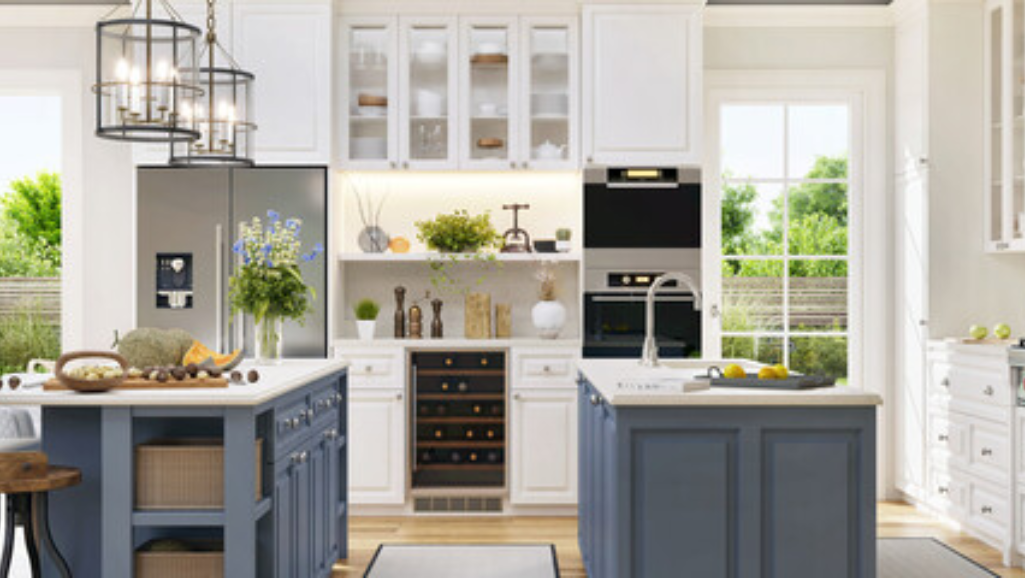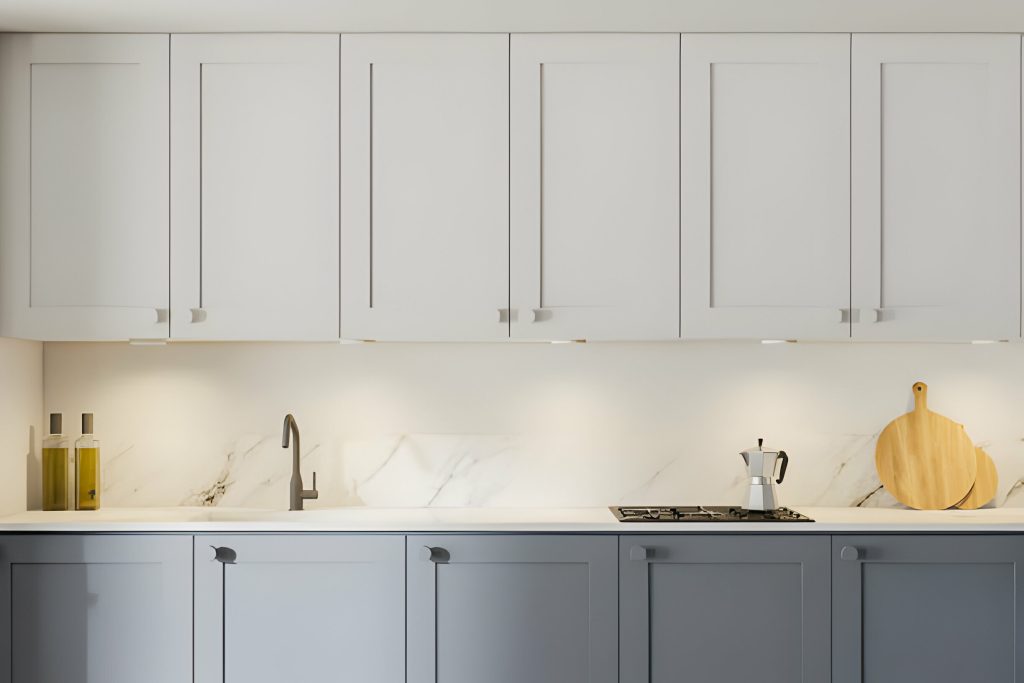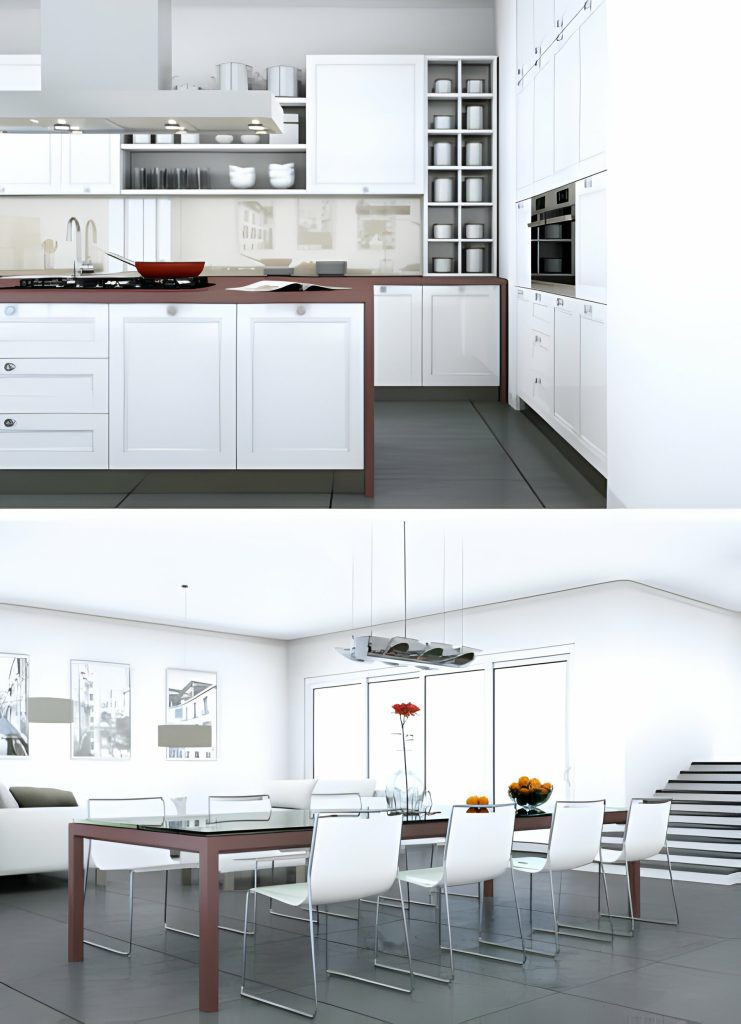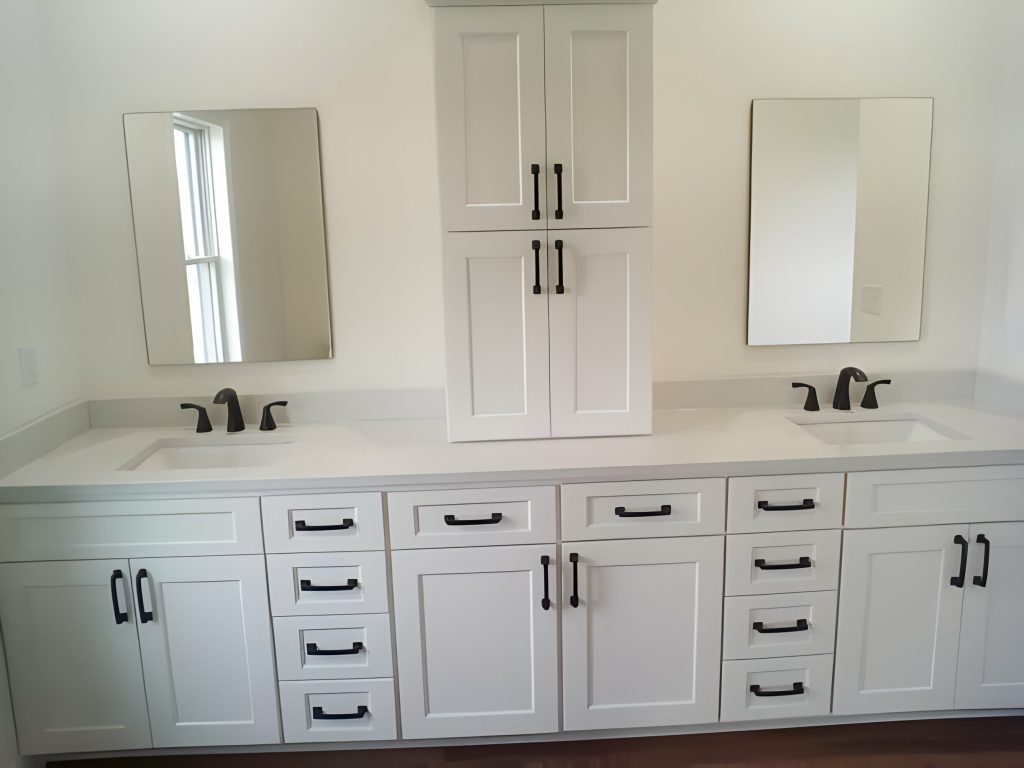If you’re looking to upgrade your kitchen cabinets, learning how to make your own cabinet doors is a rewarding project. In this guide, we’ll walk you through the process step by step. You’ll start by selecting the right materials, measuring and cutting the door panels, and assembling the frames. Then, we’ll show you how to properly install hinges and handles. Finally, we’ll cover the finishing touches, including painting, to give your cabinet doors a professional look. Let’s get started!
Selecting the Right Materials
To begin making kitchen cabinet doors, you will need to start by selecting the right materials. Choosing the appropriate hardware and determining the right door style are crucial factors in achieving a successful outcome. When it comes to hardware, consider factors such as durability, functionality, and aesthetic appeal. Opt for hinges that are strong and can withstand the weight of the doors. Additionally, ensure that the handles or knobs are easy to grip and complement the overall design of your kitchen.
When it comes to door style, there are various options to choose from. The most common styles include flat panel, raised panel, and shaker. Flat panel doors have a sleek and modern look, while raised panel doors add depth and dimension to your cabinets. Shaker doors, on the other hand, offer a simple and timeless design that can blend well with any kitchen aesthetic. Consider the overall theme and style of your kitchen when making this decision.
Measuring and Cutting the Cabinet Door Panels
Now, let’s move on to measuring and cutting the cabinet door panels, a crucial step in the process of making kitchen cabinet doors. To ensure accuracy in your measurements, it is essential to use the right tools and techniques. Start by measuring the height and width of the cabinet opening where the door will be installed. Use a tape measure to get precise measurements, and double-check your work to avoid any mistakes.
Once you have the measurements, it’s time to cut the door panels. Choosing the right saw is crucial for achieving clean and accurate cuts. A table saw or a circular saw with a fine-toothed blade is recommended for this task. These saws provide the necessary precision and control to cut the door panels to the exact size.
Before making any cuts, mark the measurements on the door panel using a pencil and a straightedge. This will serve as a guide for your saw. Take your time and make sure the lines are straight and aligned correctly.
When cutting the door panels, use a slow and steady motion to maintain control over the saw. It’s important to follow the marked lines precisely to ensure the panels fit perfectly into the cabinet opening.
Assembling the Cabinet Door Frames
Once you have measured and cut the cabinet door panels, it’s time to assemble the cabinet door frames. The assembly of the door frames is crucial for the overall strength and stability of the cabinet doors. There are various joining techniques you can use, such as dowel joints, mortise and tenon joints, or pocket hole joints. These methods ensure that the frame pieces fit together securely and withstand the test of time.
To give you a clearer understanding, here is a table that outlines the different joining techniques for assembling the cabinet door frames:
| Joining Technique | Description |
|---|---|
| Dowel Joints | Involves drilling holes and placing dowels to connect the frame pieces. Provides strong and durable joints. |
| Mortise and Tenon Joints | Requires cutting a slot (mortise) in one piece and a corresponding projection (tenon) on another piece to interlock them. Ensures a solid and stable connection. |
| Pocket Hole Joints | Involves drilling angled holes and using screws to join the frame pieces. Provides a quick and efficient assembly method. |
Once the cabinet door frames are assembled, it’s important to sand and smooth the surfaces. This step ensures a professional and polished look. Use sandpaper or a sanding block to remove any rough edges, splinters, or imperfections. Start with a coarse grit sandpaper and gradually move to a finer grit for a smooth finish. Be thorough in your sanding, paying attention to all the corners and edges.
Installing Hinges and Handles
After you have assembled the cabinet door frames, it’s time to install the hinges and handles. Properly installing hinges and handles is essential for the functionality and aesthetic appeal of your kitchen cabinet doors. First, you need to choose the right hardware for your cabinet doors. Consider the style and finish that will complement your kitchen decor. Measure the distance between the screw holes on the hinges and handles to ensure they align with the pre-drilled holes on the doors. Next, mark the position for the hinges on the door frame using a pencil. It is important to align the hinges at the same height and distance from the edge on each door. Attach the hinges to the door frame using screws, making sure they are securely fastened. To ensure smooth operation, adjust the hinges to ensure the doors open and close properly. Lastly, attach the handles to the doors using the provided screws. Make sure they are tight, but avoid over-tightening to prevent damage to the door surface. By following these steps, you can successfully install hinges and handles on your kitchen cabinet doors.
Finishing and Painting the Cabinet Doors
To achieve a professional and polished look, you should finish and paint your cabinet doors. Choosing the right paint color and using the right type of finish are crucial steps in this process. The paint color you select will greatly impact the overall aesthetic of your kitchen. Consider the style and color scheme of your kitchen when making your decision. For a modern and sleek look, neutral colors like white, gray, or black are popular choices. If you want to add a pop of color, opt for bold shades like navy blue or emerald green.
Once you have chosen the paint color, it’s time to select the right finish for your cabinet doors. There are several different types of finishes available, each with its own unique characteristics. Here are three common types of finishes for cabinet doors:
| Finish Type | Description |
|---|---|
| Matte Finish | Provides a smooth and non-reflective surface for a modern look |
| Glossy Finish | Offers a shiny and reflective surface for a more traditional look |
| Satin Finish | Gives a subtle sheen and is a popular choice for a versatile look |



